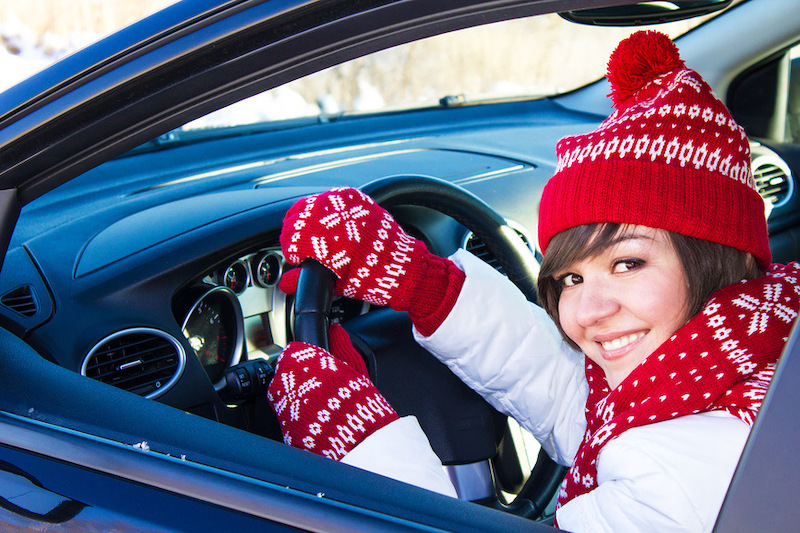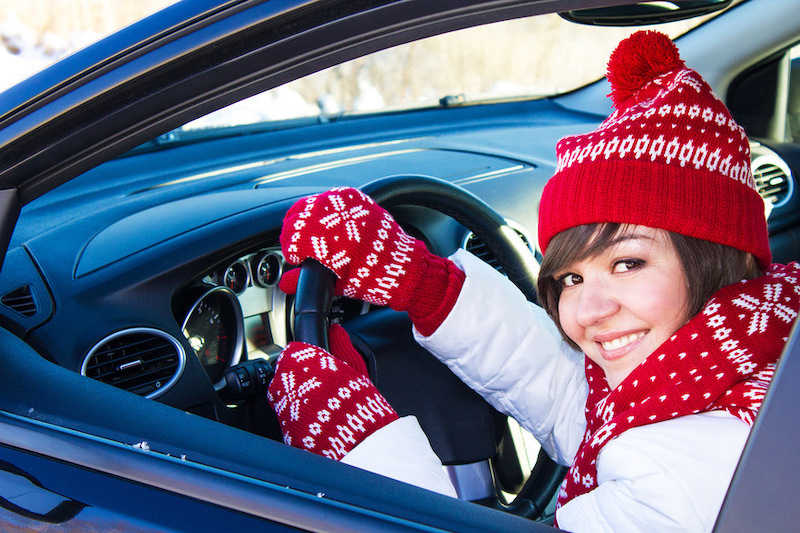
6 tips for drivers to avoid getting sick in winter
Content
In winter, high risks of catching a cold are not only among people traveling by public transport, but also among drivers. In a car with a well-functioning stove, it is usually very hot, the drivers warm up like in a bathhouse, and then abruptly go out into the cold, often in light clothing, and get sick. But there are 6 proven tips for drivers that will help them protect themselves from the hated cold.

Get dressed
In a warm car, many motorists take off their outer clothing to make it more comfortable to drive, and warm up the interior more. Arriving at their destination, they go out into the street in what they were, and then they wonder where the cold came from.
But such exits in a half-dressed form threaten not only with fever and cough, but also with migraines, sinusitis, partial baldness due to hypothermia of the hair follicles and scalp. There is also a risk of getting a stroke, because due to a sharp temperature drop, the vessels dilated from heat narrow sharply and their walls can burst.
Therefore, even if you consider yourself a hardened person, do not run out of a heated car into the cold without a jacket and a hat.
Don't sweat
The risk of catching a cold when getting out of the car is greatly increased if you have been sweating before. Just don't heat the stove in the car so that everyone inside is sitting wet and don't direct a strong stream of air directly into your face. Too dry air contributes to the development of allergic rhinitis, and running out into the street with a sweaty back and head, you can easily get bronchitis or pneumonia.
Maintain a neutral temperature in the car within 18-20 degrees if you are sitting in one sweater and lower when you are too lazy to take off your outerwear.
Don't open windows on the go
In cars not equipped with air conditioning, drivers often open the windows to reduce the humidity in the cabin, sometimes right on the go. Icy winter air from the driver's window, which is at least half open, quickly blows everyone sitting in the back and even in the passenger seat in front so that they will certainly catch a cold.
To avoid illness, it is better to properly regulate the operation of the stove and ventilate wisely so that there are no drafts. In the stove, you need to set the average temperature and blowing to low power. And the windows can be lowered by about 1 cm - this will provide micro-ventilation and will not inflate anyone in the ears or back.
If the windows are too foggy and the car is very humid, stop, open the doors, ventilate for 2-3 minutes and drive on.
Don't sit on a cold seat
On a winter morning, most drivers start the car and sit in it on a cold seat. If you are wearing ordinary jeans, and not sintepon membrane pants, then during the warming up of the car you will certainly freeze, which threatens gynecological problems for women, and prostatitis for men. The development of radiculitis and cystitis is also not excluded.
In order not to get problems from scratch, get into the car only after it has warmed up, but while it is cold in the cabin, return to the premises if you live in a private house, or walk around the street, for example, clean the side windows with a scraper or brush snow off the body with a special brush .
If you want to immediately get into the car, lay fur seat covers or set an alarm with remote auto-start of the engine, and then frostbite of the pelvic region due to ice seats does not threaten you.
Bring a thermos of hot drinks
If you are going on a road trip in winter or work in a taxi, take hot drinks with you in a thermos so that you do not run out in the cold for coffee or tea in the nearest bistro.
Also, dry rations will not hurt, which will help the body maintain the body, give it additional energy to maintain body temperature, even when the stove is turned off in the car for a while.
Keep a change in the trunk
If you are going on a long trip or just to work, take a change of shoes and a pair of socks with you in the car just in case, so that you can change wet things. The snow melted on the boots quickly penetrates into the cracks and seams of the shoes, and then the socks and feet get wet. Later, when you go out into the cold with wet feet, you will certainly catch a cold.
Using these tips, even the most frosty winter will cost you without colds, at least those that are provoked by improper operation of the car stove and thoughtless runs to the nearest stall with a wet back without a jacket and hat.